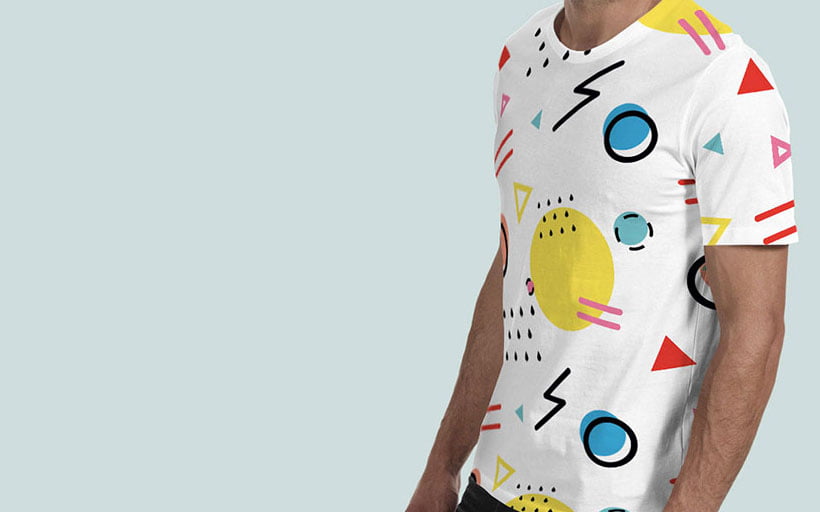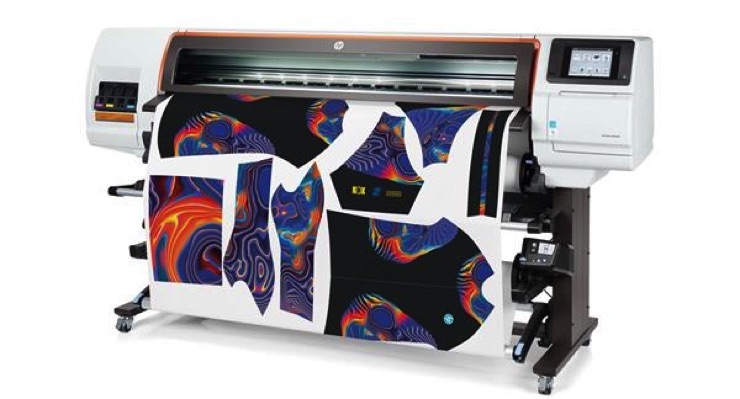The Reason Why DTF Printing is the Future of Customized Garments Production
The Reason Why DTF Printing is the Future of Customized Garments Production
Blog Article
A Comprehensive Overview to the Different Types of Towel Printing Techniques
Starting an expedition of cloth printing strategies reveals a remarkable crossway of tradition and innovation. Each technique, from the careful craftsmanship of block printing to the quick effectiveness of screen printing, offers distinct objectives and provides distinct benefits. Digital printing's versatility and ecological consciousness stand in stark comparison to the quick modification of warm transfer printing. Color sublimation printing captivates with its capability to produce dynamic, enduring layouts on synthetic textiles. To genuinely understand the subtleties and potential applications of these varied techniques, a deeper examination is crucial.
Block Printing
Block Printing, one of the oldest techniques of fabric design, has a rich history that dates back to old worlds. The process involves sculpting complex styles into wooden blocks, which are after that dipped in color and pressed onto fabric to produce patterns.
The precision and craftsmanship entailed in block printing make it a labor-intensive procedure, however it also permits a high level of customization. Artisans can develop one-of-a-kind patterns by incorporating various blocks or varying the application of dye. This adaptability has contributed to the long-lasting popularity of block printing in both modern and standard textile design.
Block printing is specifically valued for its aesthetic qualities, consisting of the small variations in pattern and color that result from the hand-printing process. These blemishes offer a special character to each item, distinguishing it from mass-produced textiles. Regardless of advancements in contemporary printing innovations, block printing stays a valued technique, celebrated for its historic importance and creative value.
Screen Printing
Display printing, an additional famous textile decoration technique, has actually revolutionized the market with its performance and flexibility. This approach entails producing a pattern, referred to as a screen, and utilizing it to use layers of ink on the printing surface. Each shade in the design needs a different display, which permits elaborate and vivid multi-colored prints.

Among the key benefits of screen printing is its flexibility to different sorts of materials, consisting of cotton, polyester, and blends. This technique is specifically ideal for large-volume orders due to its cost-effectiveness and speed. The longevity of the prints is another considerable advantage, as the ink bonds well with the fabric, making certain long-lasting styles that hold up against multiple washes.
When dried, the layout is moved onto the emulsion-coated screen using a UV light source. Ink is after that pressed via the pattern onto the textile using a squeegee.
Screen printing is commonly made use of in the fashion business, promotional products, and personalized garments. Its capacity for top notch, detailed prints protects its status as a foundation method in textile printing.
Digital Printing
Digital printing has actually quickly become a cutting-edge technique in the textile industry, leveraging advanced innovation to generate high-resolution designs straight onto textile. Unlike standard methods, electronic printing utilizes inkjet printers to deposit pigment or dye-based inks onto fabrics, making it possible for lively and detailed patterns with an exceptional degree of information and color accuracy.
One of the main advantages of digital printing is its adaptability. This method enables for on-demand printing, which dramatically lowers waste and lessens inventory costs.
Moreover, electronic printing is eco-friendly. Branded clothing. It uses water-based inks and requires less water and power compared to standard strategies, lining up with sustainable practices. Going Here The precision of electronic printing additionally permits using a bigger series of materials, including cotton, silk, polyester, and blends, making certain versatility throughout different applications
Heat Transfer Printing
Just how does warm transfer printing transform material style? Heat transfer printing involves using heat and stress to transfer a design from a specifically formulated paper onto material.
One of the key advantages of heat transfer printing is its ability to produce premium, in-depth photos promptly and successfully. It is particularly appropriate for tiny production runs and custom orders, making it a preferred selection for personalized garments and advertising things. In addition, this strategy is functional, fitting various kinds of materials consisting of cotton, polyester, and blends.
Furthermore, warm transfer printing is reasonably cost-effective contrasted to various other approaches, as it needs marginal setup and lower first investment - heat transfer vinyl printing. This affordability, paired with its ability for generating vibrant, durable prints, underscores its crucial duty in modern-day fabric layout

Dye Sublimation Printing
Dye sublimation printing, an advanced fabric printing technique, supplies unequaled vibrancy and longevity for layouts on different artificial materials. The published transfer paper is then positioned on the fabric, and both are subjected to high warm and pressure making use of a warmth press.
One of the crucial advantages of dye sublimation printing is its capacity to generate continuous-tone prints with dynamic shades and detailed details. Unlike various other printing methods, the color becomes component of the fabric rather than sitting on top of it, resulting in a soft and breathable surface.
Verdict
Block printing is respected for its artisanal high quality, while view publisher site screen printing is helpful for high-volume manufacturing. Digital printing gives versatility and ecological benefits, whereas warm transfer printing is optimal for quick modification.
Each technique, from the thorough workmanship of block printing to the fast effectiveness of display printing, serves distinct purposes and provides distinctive advantages. Digital printing's versatility and environmental consciousness stand in raw contrast to the swift customization of warmth transfer printing. Despite advances in modern printing technologies, obstruct printing continues to be a treasured method, celebrated for its historical relevance and imaginative value.
Dye sublimation printing, a sophisticated material printing method, supplies unparalleled vibrancy and durability for styles on various artificial materials. Digital printing supplies flexibility and ecological benefits, whereas warmth transfer Our site printing is suitable for rapid modification.
Report this page